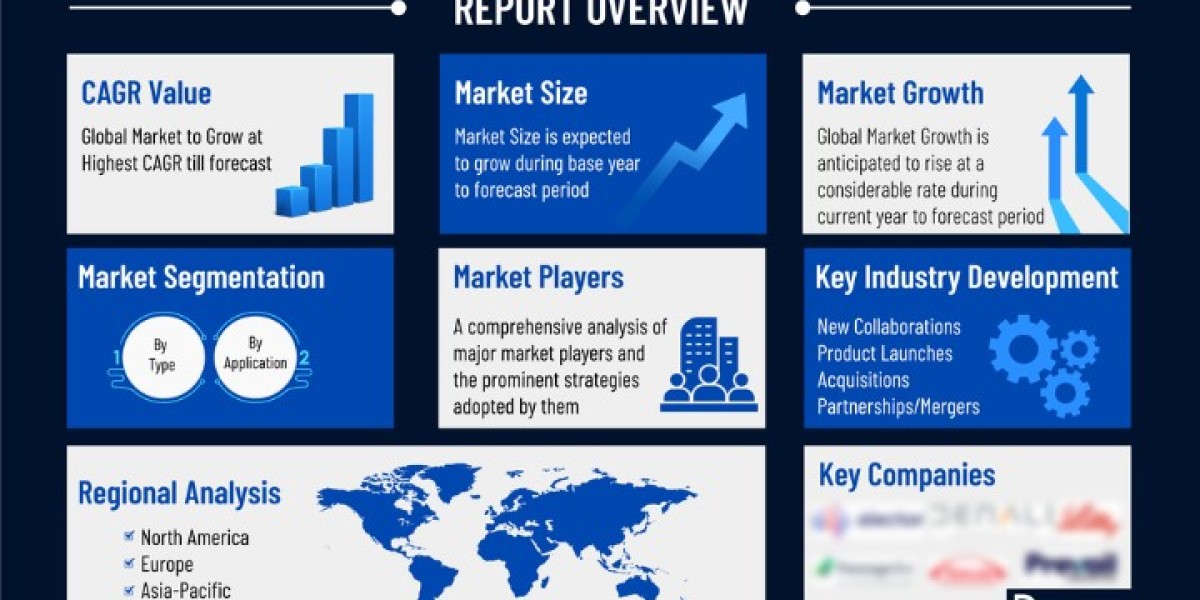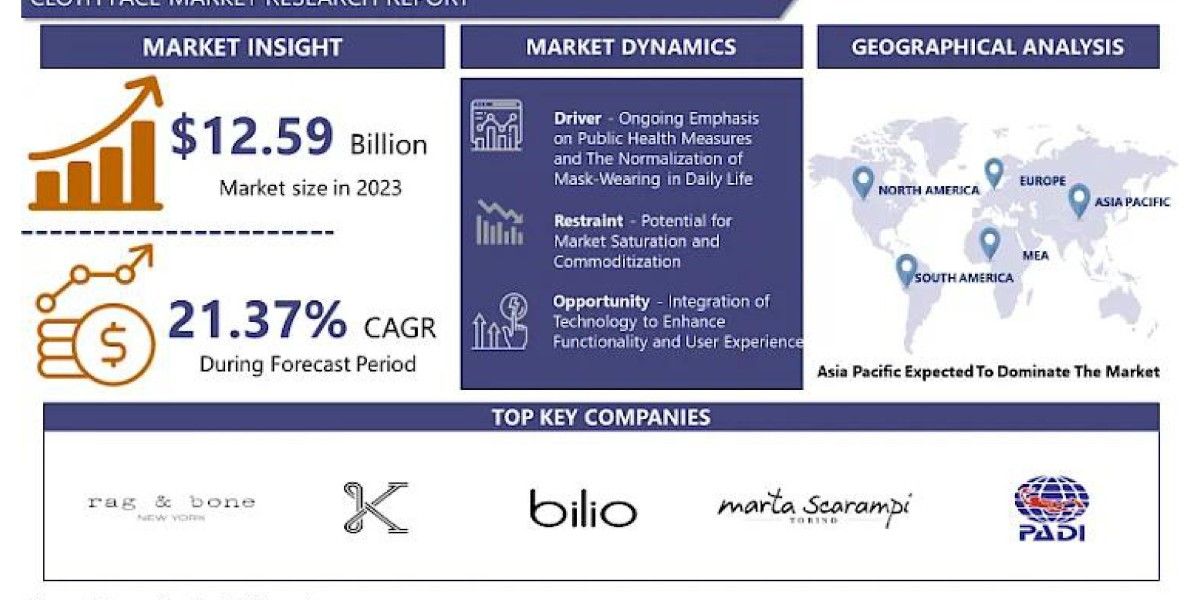Understanding the Disease and Market Dynamics
PML arises when the JC virus, typically dormant in healthy individuals, reactivates in those with weakened immune systems, resulting in rapid and often fatal degeneration of brain white matter. Symptoms include progressive weakness, vision impairment, cognitive decline, and speech difficulties, with untreated cases leading to death within months. The limited treatment options and the critical nature of the disease have created a substantial unmet need in the PML market.
Current treatment approaches primarily aim to restore immune function, such as antiretroviral therapy for HIV patients or discontinuation of immunosuppressive drugs. However, the rising incidence of PML is driving the demand for more targeted and effective therapies, consequently propelling research and development (R&D) efforts within the PML market.
PML Market Outlook
The outlook for the PML market indicates a pressing need for innovative therapeutic solutions, given the dire prognosis associated with the disease. Pharmaceutical companies and research institutions are prioritizing early diagnosis and personalized treatment approaches to enhance patient outcomes. The association between PML and biologic therapies, particularly monoclonal antibodies (e.g., natalizumab for MS), has drawn heightened scrutiny from regulatory agencies regarding drug safety profiles, which is expected to influence the PML market.
With an increasing number of immunocompromised individuals due to conditions such as HIV/AIDS, organ transplants, and autoimmune diseases, the demand for effective treatments is intensifying. The prevalence of PML among multiple sclerosis patients receiving disease-modifying therapies underscores the urgent need for safer and more effective options. The combined impact of these factors, along with a burgeoning research pipeline and the introduction of novel therapeutic strategies, shapes the PML market outlook.
Current Market Insights and Pipeline Developments
Current insights into the PML market reveal that existing treatment options are limited, mainly focusing on immune restoration. However, ongoing research is exploring innovative treatment modalities, including antiviral therapies, immune-modulating agents, and targeted biologics. Various companies are developing drug candidates specifically targeting JC virus reactivation or enhancing the immune response against the virus, providing renewed hope for patients suffering from this condition.
Prominent players in the PML market are focused on developing drugs to mitigate the neurological damage caused by PML. Additionally, research is directed towards improving early detection methods, as timely diagnosis is crucial for better treatment outcomes. Increased collaboration between pharmaceutical companies and academic research institutions is expected to accelerate advancements in the PML market.
PML Market Forecast
The forecast for the PML market is optimistic, with projections indicating a compound annual growth rate (CAGR) over the next decade. This growth is driven by several key factors:
- Rising Prevalence of Immunocompromised Patients: The global increase in HIV/AIDS cases, cancer patients undergoing chemotherapy, and individuals on long-term immunosuppressive therapies for organ transplants is expanding the population at risk for PML.
- Advancements in Diagnostic Technologies: Early diagnosis is essential for improving patient outcomes. Innovations in imaging techniques, molecular diagnostics, and JC virus testing are enhancing detection capabilities for PML, allowing for earlier interventions and potentially slowing disease progression. These advancements are expected to boost growth in the PML market.
- Pipeline Developments and Novel Therapeutics: The creation of new drugs targeting JC virus reactivation and immune system dysregulation will be pivotal in expanding the PML market. Ongoing clinical trials and pipeline products focused on preventing or treating PML are set to offer new therapeutic options, potentially reducing mortality rates and enhancing the quality of life for affected patients.
- Strategic Collaborations: Partnerships between pharmaceutical companies and academic institutions are catalyzing the rapid development of innovative therapies. These collaborations are anticipated to lead to the commercialization of cutting-edge treatments, further driving market growth.
Experts believe that the PML market is poised for significant expansion due to these factors. Major pharmaceutical companies are likely to increase their focus on this niche but critical condition, recognizing the unmet needs and potential profitability.
Challenges and Opportunities in the Market
Despite promising developments in the PML market, several challenges persist, including a limited understanding of JC virus reactivation mechanisms, the absence of curative therapies, and difficulties in managing PML in patients already burdened by other health conditions.
However, substantial growth opportunities exist. Enhanced awareness of the risks associated with PML in patients receiving immunosuppressive therapies is prompting stricter patient monitoring and early intervention strategies. As the market progresses toward personalized medicine, there is a growing demand for therapies tailored to individual patient profiles, further enhancing the prospects of the PML market.
Conclusion: A Promising Future for the PML Market
In summary, the PML market is undergoing a significant transformation driven by technological advancements, increased awareness, and a focus on patient-centric treatment approaches. The outlook for the PML market points to a future with improved diagnostics, innovative therapies, and enhanced patient outcomes.
The forecast suggests robust growth, with key players actively engaged in developing novel therapies to address the unmet needs of PML patients. As the healthcare landscape evolves, the emphasis on rare diseases like PML is expected to increase, offering new hope for affected individuals and presenting opportunities for pharmaceutical companies to make a meaningful impact in this critical area of neurology.








